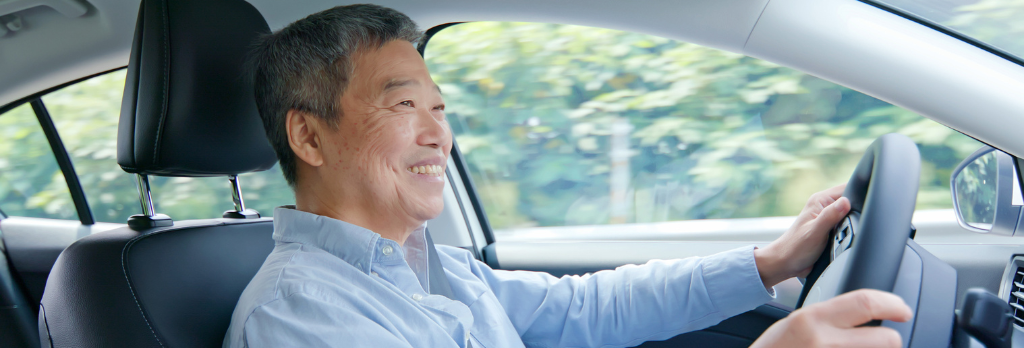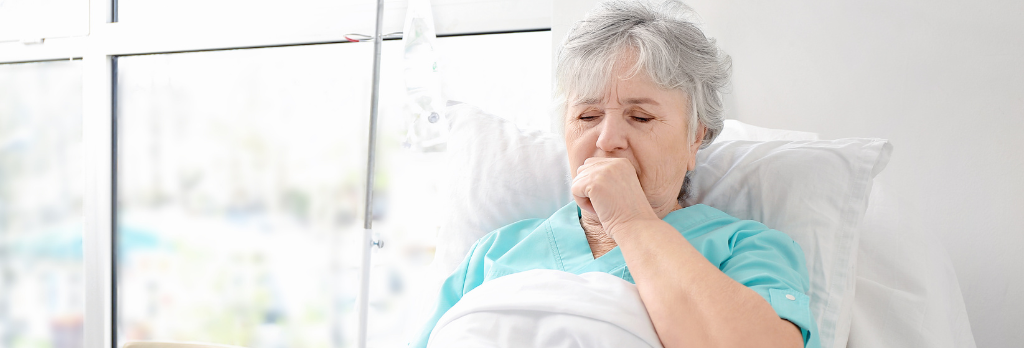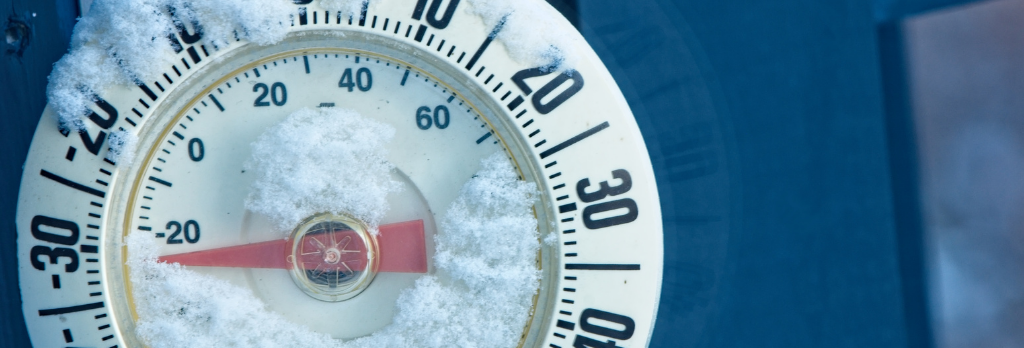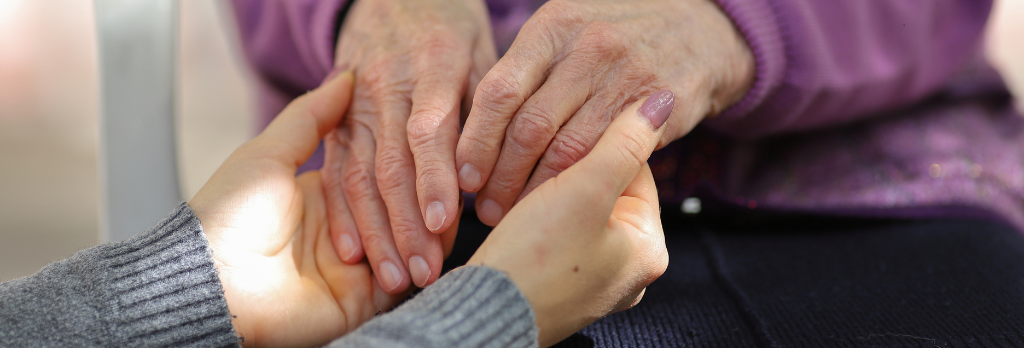Transportation Safety: Older Adult Drivers
October 30, 2023In 2020, there were almost 48 million licensed drivers ages 65 and older in the United States. This is a 68% increase since 2000.1
Driving helps older adults stay mobile and independent. But the risk of being injured or killed in a traffic crash increases as people age.
Thankfully, older adults can take steps to stay safer on the roads.
Thousands of older adults are injured or killed in the United States every year in traffic crashes.
In 2020, about 7,500 older adults were killed in traffic crashes, and almost 200,000 were treated in emergency departments for crash injuries.2 This means that each day, 20 older adults are killed and almost 540 are injured in crashes.
Age, gender, and age-related changes are major risk factors.
- Drivers aged 70+ have higher crash death rates per 1,000 crashes than middle-aged drivers (aged 35-54).3 Higher crash death rates among this age group are primarily due to increased vulnerability to injury in a crash.
- Across all age groups, males have substantially higher crash death rates than females.4
- Age-related changes in vision, physical functioning, and the ability to reason and remember, as well as some diseases and medications, might affect some older adults’ driving abilities.5
Key steps to staying safe on the roads.
The good news is that older adults are more likely to have safer driving behaviors than other age groups.
Taking these key steps can help adults of all ages, including older adults, stay safe on the road:
- Always wear a seat belt as a driver or passenger
Seat belt use is one of the most effective ways to save lives and reduce injuries in crashes.6 - Drive when conditions are safest
Drive during daylight and in good weather. Conditions such as poor weather7 and driving at night8 increase the likelihood of crash injuries and deaths. - Don’t drink and drive
Drinking and driving increases the risk of being in a crash because alcohol reduces coordination and impairs judgment.
Additional steps to stay safe on the road
- Use CDC’s MyMobility Plan, a plan to stay mobile and independent as you age.
- Follow a regular activity program to increase strength and flexibility.
- Ask your doctor or pharmacist to review medicines—both prescription and over-the counter—to reduce side effects and interactions. Read the Are Your Medicines Increasing Your Risk of a Fall or a Car Crash fact sheet to learn more.
- Have your eyes checked by an eye doctor at least once a year. Wear glasses and corrective lenses as required.
- Plan your route before you drive.
- Find the safest route with well-lit streets, intersections with left-turn signals, and easy parking.
- Leave a large following distance between your car and the car in front of you.
- Avoid distractions in your car, such as listening to a loud radio, talking or texting on your phone, and eating.
- Consider potential alternatives to driving, such as riding with a friend, using ride share services, or taking public transit.
To learn more, please visit https://www.cdc.gov/transportationsafety/older_adult_drivers/index.html.





